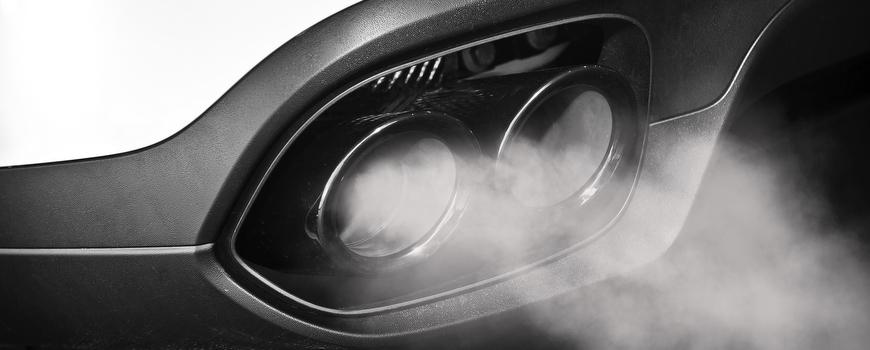
This article summarises the air quality standards applicable to EU Member States for several key pollutants and examines how well Ireland is meeting these standards.
Air quality standards
Air quality standards (AQS) are set out in a series of EU directives which set ambient air concentration limits for individual pollutants and target dates for compliance by Member States. An initial framework directive (96/62/EC) was followed by a series of daughter directives which were introduced between 1999 and 2004. The sequence in which the standards for different pollutants were introduced reflected the urgency attached by the EU to specific pollutants. The first daughter directive (1999/30/EC) dealt with SO2, NOx, PM10 and lead and was introduced amid concern over the impact of acid rain in the Nordic countries. The second daughter directive (2000/69/EC) set standards for benzene and carbon monoxide. The latest standards for a wide range of pollutants, including those covered in the first and second daughter directives, are now contained in the fourth daughter directive (2004/107/EC) and the clean air for Europe (CAFE) directive (2008/50/EC).
Ireland's air quality
The table below summarises the air quality standards for a selected number of pollutants, most of which are directly linked to energy consumption. The standards set for individual substances differ in the specified averaging times over which the concentration limits apply. In some cases, such as ozone, the standard is framed as a maximum number of days over a specified time period during which the concentration limit may be exceeded without breaching the standard. The fifth and sixth columns show the actual 2014 air quality results for Dublin and Cork, as published by the EPA in its Air Quality in Ireland 2014 - Key Indicators of Ambient Air Quality. This report contains monitoring results for a range of pollutants of concern for human health and vegetation and for which EU air quality standard values are estabished.
|
Constituent |
Averaging Time |
AQS |
Actual 2014 Dublin** |
Actual 2014 Cork |
|
SO2 |
Annual mean |
40 µg/m3 |
~7 µg/m3 |
~2 µg/m3 |
|
24 hour |
125 µg/m3 |
22-29 µg/m3 |
20 µg/m3 |
|
|
NO2 |
Annual mean |
40 µg/m3 |
9-31 µg/m3 |
27 µg/m3 |
|
Hourly mean |
200 µg/m3 (max exceedances 18 pa) |
0-4 exceedances |
No exceedances |
|
|
CO |
Max daily 8-hour mean |
10 mg/m3 |
1.9-2.5 mg/m3 |
3.0 mg/m3 |
|
Ozone |
Max daily 8-hour mean averaged over 3 years |
120 µg/m3 (max 25 occurrences) |
No exceedances |
No exceedances |
|
Benzene |
Annual mean |
5 µg/m3 |
0.94 µg/m3 Rathmines |
- |
** Where a range of results are cited these represent the spread across monitoring stations in Dublin.
The results presented above show that the air quality standards for human health for the six key pollutants were met in the air quality zones of Dublin and Cork in 2014. In most cases the air quality was better than the prescribed limits by a substantial margin.
Ireland’s location on the eastern edge of the Atlantic Ocean and with prevailing winds from the south and west means that our air quality is typically good compared to mainland Europe. Efforts to achieve Ireland's energy and climate targets by 2020 should contrbute to further reductions in ambient concentrations of air pollutants, as these will reduce the quantities of fossil fuels combusted in different sectors.
Tighter standards ahead?
The World Health Organisation (WHO) has conducted extensive studies on mortality associated with ozone and NOX. For some pollutants the WHO is now recommending lower (tighter) concentration limits than the current standards. Europe may elect to adopt these more conservative limits in the future and this may lead to stricter emission limits for a range of sectors.
For example, the WHO has proposed a standard for ozone of 100 µg/m3 (8-hour daily maximum). The monitoring data for Ireland for 2014 indicates that this standard was exceeded in all air quality zones in Ireland during that year.
